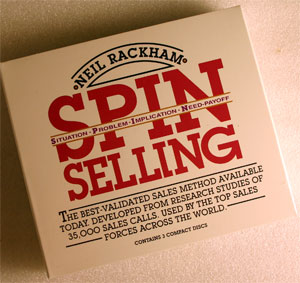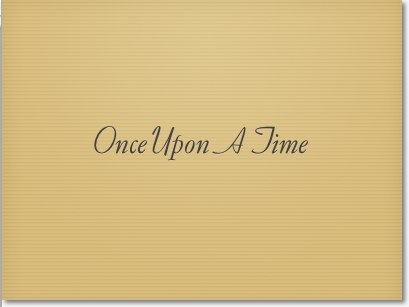If you’re thinking about a career in consulting, you already know that a “Case Study Interview” will be a major component of the interview process. I’ve found that a useful way to approach this challenge is to use the system of “SPIN Selling”, which was developed some years ago by Neil Rackham, based on his extensive research on “consultative” selling.

The four letters of the acronym “SPIN” stand for the four steps in the system, and are a handy way to remember what kinds of questions you should use to handle the case study interview successfully. The first letter “S” stands for “Situation”, which means that you should ask questions about the features of the case that the interviewer presents.
Here’s a typical case: “I’m the president of a medical device testing company with $600mm in sales per year, and am concerned about the costs of doing business with our clients. We make a variety of products used to test for pregnancy, allergies etc. and distribute them across the U.S. A third of our customers are hospitals and the other two-thirds are small clinics and independent medical practices, but that group only represents 15% of our sales, so I think I need to stop selling to them in order to save money. What do you think I should do?”
If you just do the math, you’d see that eliminating two-thirds of this businesses’ clients would lead to a $90mm decrease in revenue, so you might be tempted to suggest ways that the business might make up for this shortfall–by finding more hospital clients, streamlining the manufacturing process etc. But according to Rackham, this could be exactly the wrong thing to do, for at least two reasons. First, you’ve simply accepted the President’s view of the situation, and second, you are introducing some ideas that, however creative they may be, haven’t even been put on the table. So instead of prematurely coming up with clever ideas, you should ask “Situation” questions like, “What are the actual distribution costs?” “How efficient is the manufacturing process?” “Which customer segment (hospitals or clinics and independent practitioners) has been more stable over time?” or “Which segment might increase in size?”
“S” questions like these might yield information like, “We ship over 3000 testing kits a year to most of our hospitals but only 40 or 50 a year to our clinic customers.” “Our clinics and MD’s have been loyal, steady long-term customers and we’ve built our business on them.” “Our manufacturing and packaging logistics are state-of-the-art.” or “Our hospital business has actually decreased in the last few years because of the shift in the healthcare field to smaller, more independent medical practices.” Given this information, it’s pretty easy to see that just trying to get more business from hospitals or finding greater operational efficiencies might be totally off-target.
The information you get from your “S” questions should be enough to move the discussion to the “P” step in the process, or questions that focus on the “Problems”. The goal here is to get a greater understanding of what the core issues might actually be, rather than just get more information about the “Situation”. [NOTE: At this point of the SPIN process, I find it helpful to remember what one of my counseling professors said to me years ago, “Never trust that clients are telling you the truth, always trust that they are trying to tell you the truth–and you have to help them do it.”]
Typical “P” questions you could ask are “So what’s the actual problem you’re having with distribution–is it the number of shipments or the postage or what?” or “What problems would you have if you stopped serving your most loyal group of customers?” or “What’s the problem with concentrating your entire business on the hospital segment?” “P” questions like these are critical because they cut through the generalities of the “Situation” and get down to the real issues.
Let’s say that the interviewer responds to your “P” questions with: “The problem with distribution? It’s the hundreds and hundreds of little packages that we need to get out the door every week.” Or, “If I abandoned my most loyal customers, we’d lose a lot of good will.” Or, “If I focused on the hospital business, my revenue stream would probably go down.” As you can see, “P” questions not only get down to the specifics, they also are a great way to look at all sides of a problem and bring out issues that haven’t been previously mentioned or considered.
Responses to “P” questions lead to the third stage; “I”, or “Implications” questions. A typical “I” question is, “Let’s suppose we could solve that problem–what would that do?” The “I” stage is the most crucial part of the “SPIN” process because it gets the client to think about problems in new ways, actively consider various outcomes and begin to focus on the right priorities. A response to an “I” question about the problems with distribution, for instance, might be “If I could do something about the number of packages we have to mail every week, I could still keep my most loyal customers and serve the hospital business at the same time.”
“I” responses like this one naturally lead to the last stage of the “SPIN” process–establishing the true “Needs” of the case. In the example I’ve used, this is the moment in the interview when you can suggest that the president’s true “Need” in the case I’ve used is to reduce the number of packages mailed every week–a far different outcome than finding new hospital clients or streamlining his manufacturing or packaging process.
Using “SPIN” can not only help you handle the Case Study Interview more effectively, it is a highly effective tool in the field of consulting. To find out more about it, the link to Neil Rackham’s web page is: NeilRackham.com.







